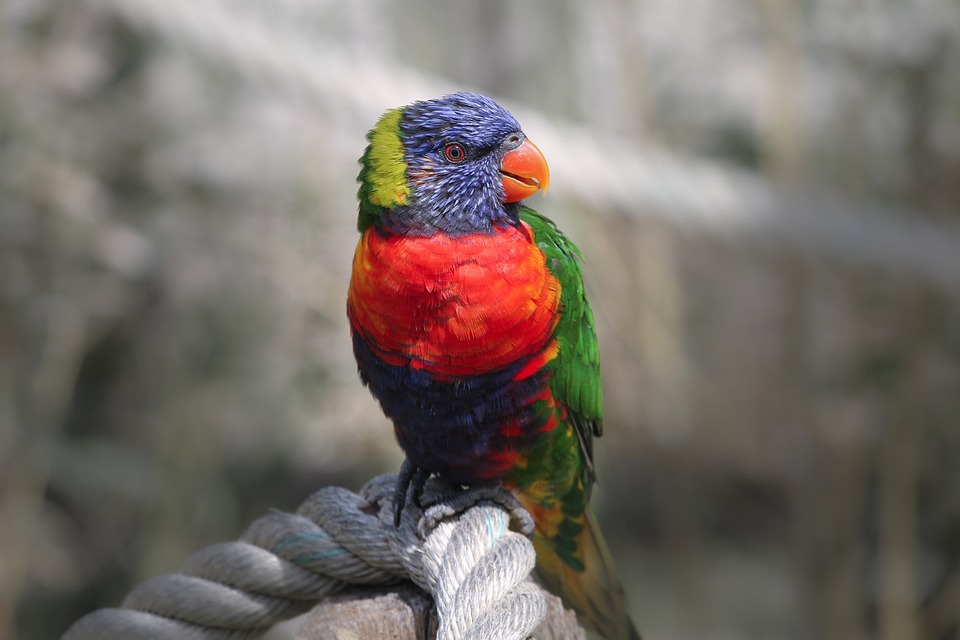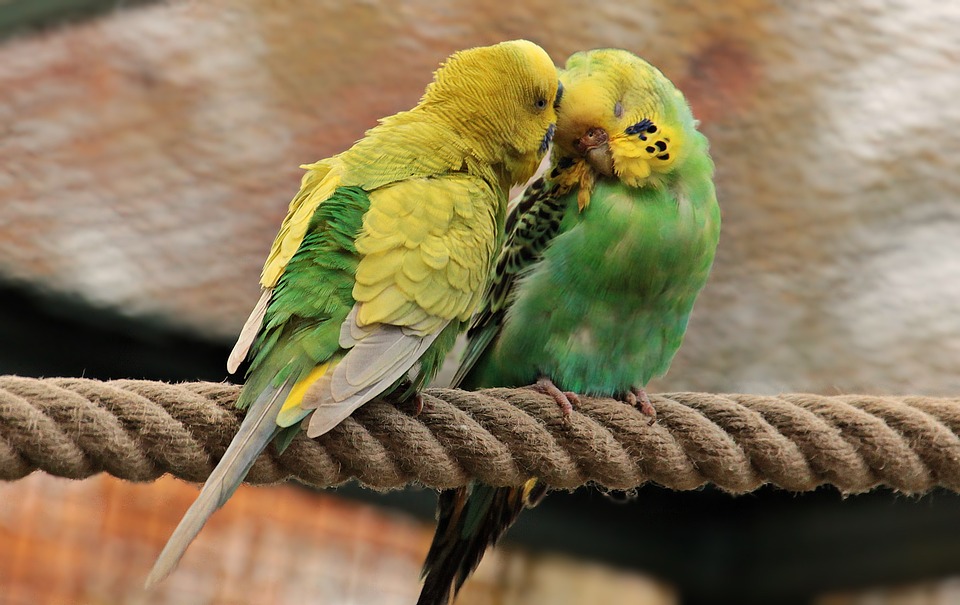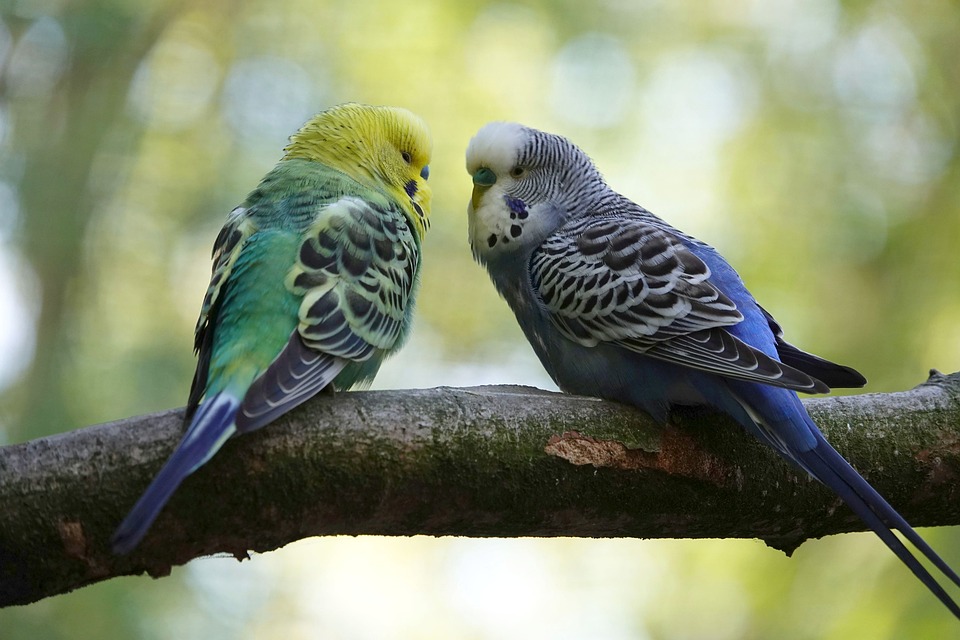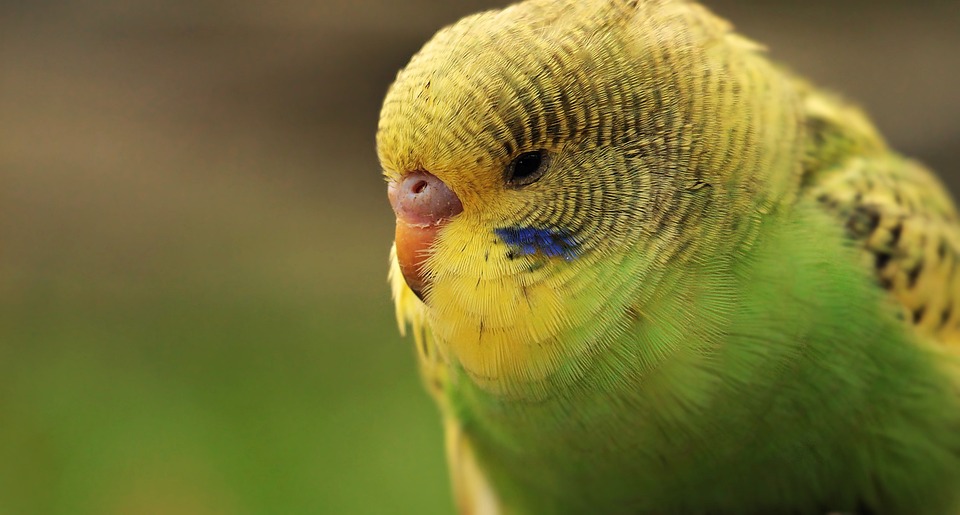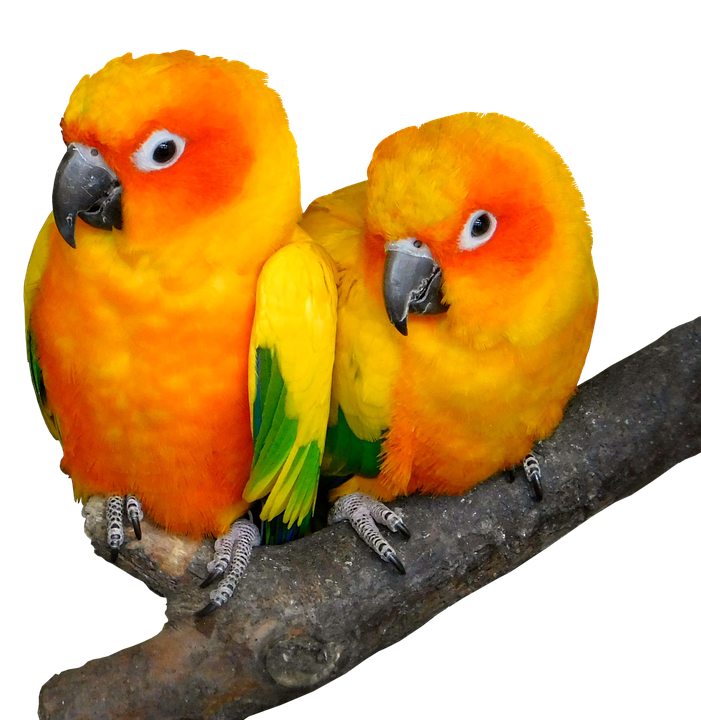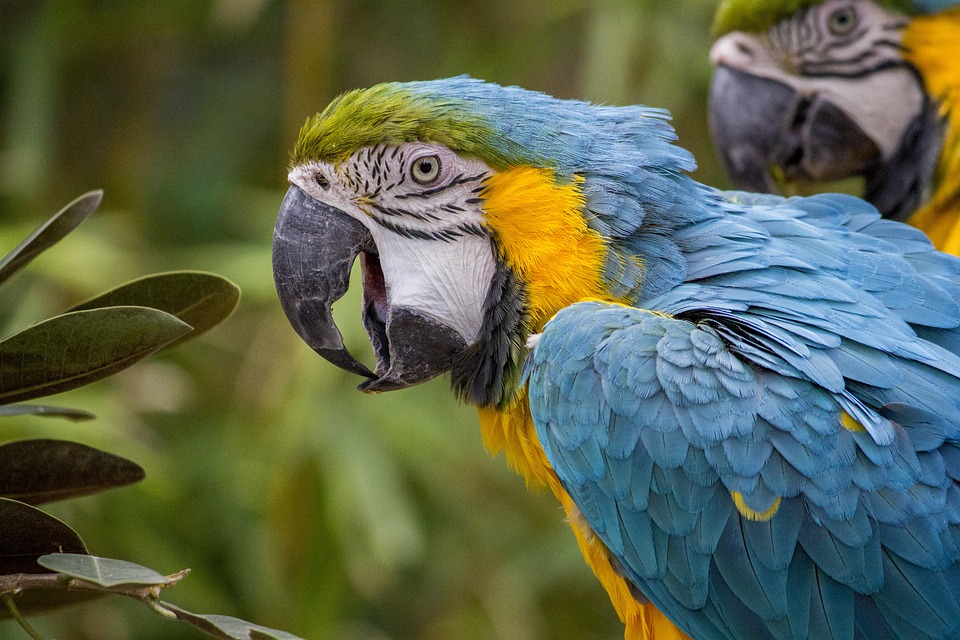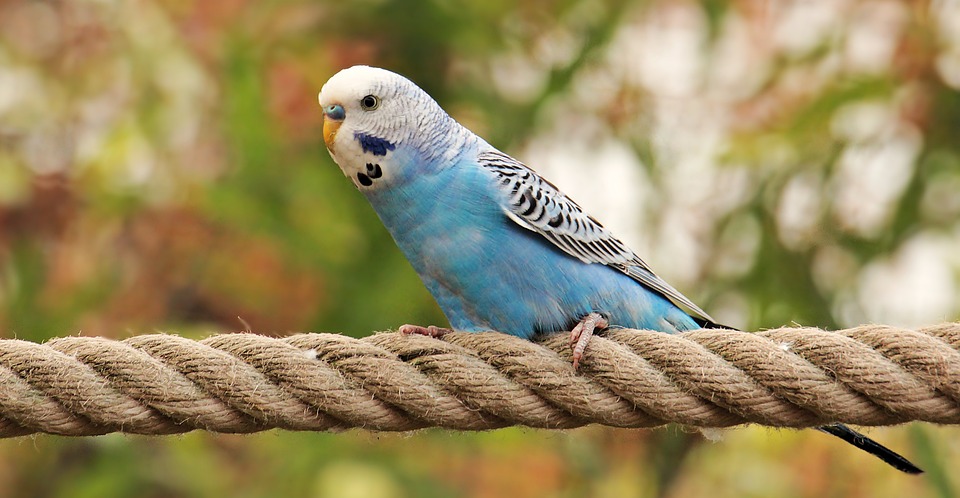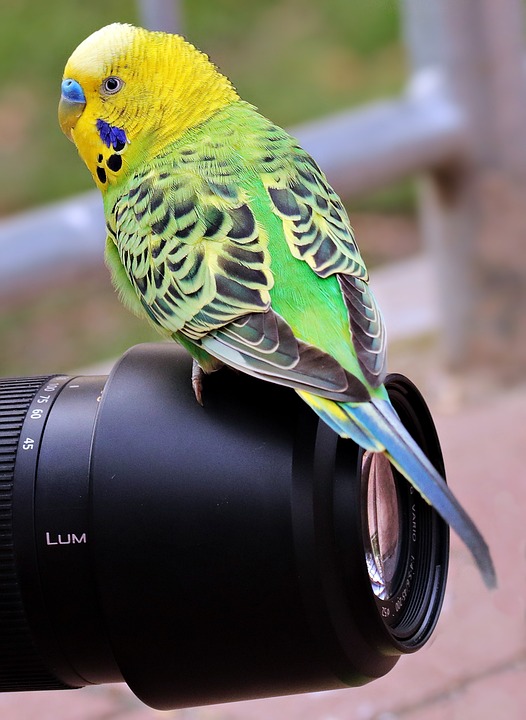Parrot training is an essential aspect of nurturing a healthy and interactive relationship with your feathered companion. While teaching tricks and commands forms the foundation of training, incorporating different textures can significantly enhance your parrot’s cognitive abilities and provide them with sensory stimulation. In this article, we will explore various techniques to encourage parrots to interact with different textures during training, fostering their curiosity and keeping them mentally engaged.
Why is Texture Training Important for Parrots?
Before delving into the techniques, let’s understand why texture training holds immense importance for parrots. Parrots, being intelligent creatures, require mental stimulation to prevent boredom and associated behavioral issues. By exposing them to a variety of textures, you engage their senses, promote problem-solving skills, and provide an enriching environment that prevents boredom-related problems like feather plucking or excessive screaming. Texture training also builds trust and strengthens the bond between you and your parrot.
Techniques to Encourage Texture Interaction
1. Introduce Textured Perches and Toys: Start by incorporating perches and toys with different textures into your parrot’s environment. Natural wood, rope, and metal perches offer varying sensations under their feet, stimulating their sense of touch. Providing toys with different textures such as soft fabric, hard plastic, and chewable wood allows them to explore and manipulate objects of different materials.
2. Create a Sensory Play Area: Designate a specific area in your parrot’s living space as a sensory play area. Cover a table or tray with various textures like sandpaper, fleece, cardboard, or even crinkly paper. Encourage your parrot to hop onto this surface and explore the textures with their beak and feet. Supervise closely to ensure their safety and prevent ingestion of any harmful materials.
3. Integrate Food Puzzles: Incorporate food puzzles or foraging toys with textured components. These toys can be filled with treats or pellets and have different textures on the outside, such as ridges, bumps, or knotted ropes. This encourages your parrot to use their beak and feet to manipulate the toy, promoting problem-solving skills while enjoying a tasty reward.
4. Offer Novel Textured Foods: Expand your parrot’s palate by introducing them to new foods with unique textures. Offer a variety of fruits, vegetables, and nuts that vary in firmness, crunchiness, and smoothness. This introduces your parrot to different textures through their sense of taste and touch, enriching their sensory experiences.
FAQs
1. How often should I change the textures in my parrot’s environment?
– It is recommended to introduce new textures every few weeks to prevent habituation and maintain your parrot’s interest. However, always ensure the textures you provide are safe and non-toxic.
2. Are there any textures that I should avoid?
– Yes, avoid using materials that may contain harmful chemicals, sharp edges, or fibers that could be easily ingested by your parrot. Stay away from toxic substances, like treated wood, and always supervise their interactions with new materials.
3. How can I encourage my parrot to interact with new textures?
– Start by introducing textures gradually and observe your parrot’s response. Use positive reinforcement, such as treats or praise, to reward their interaction with new textures. Patience is key, as some parrots may take time to warm up to unfamiliar sensations.
4. Can texture training benefit older parrots?
– Absolutely! Texture training is beneficial for parrots of all ages. It helps keep their minds active and provides a stimulating environment, which is especially crucial for older parrots to prevent cognitive decline.
Incorporating various textures into your parrot’s training routine not only enhances their cognitive abilities but also deepens the bond between you and your feathered friend. Remember to always prioritize your parrot’s safety and well-being when introducing new textures and consult an avian veterinarian if you have any concerns. Happy training!

